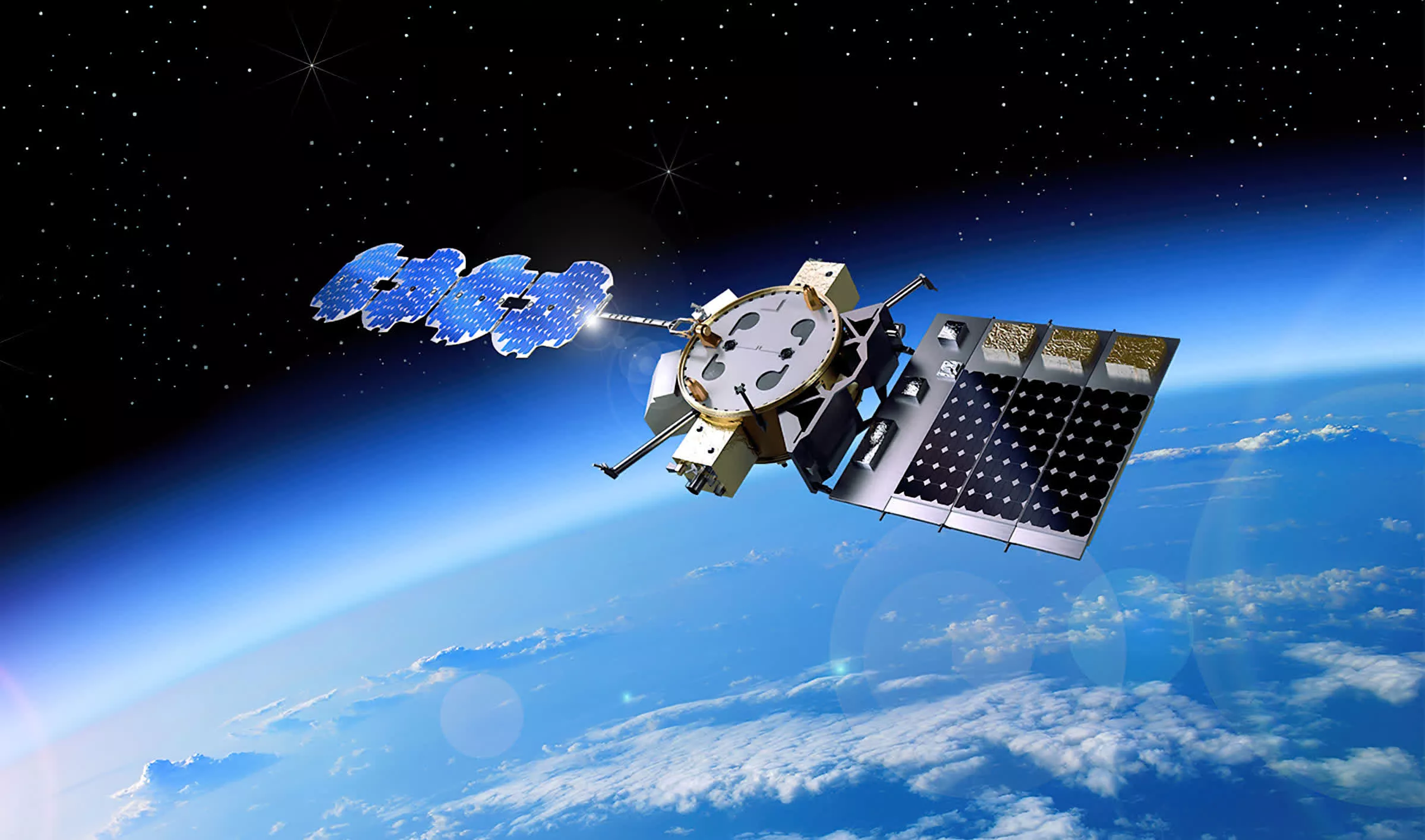The concept of harnessing the sun’s virtually limitless energy in Earth orbit and transmitting it to the ground is an idea that has captivated scientists and futurists for decades. First articulated in science fiction as early as 1941 by Isaac Asimov in his short story Reason, it was later studied by NASA in the 1970s with significant technological and economic skepticism. The dream of space-based solar power is now transitioning from the realm of the fantastical into a near-term technological imperative.
A confluence of factors—including drastically falling costs for space access, advancements in satellite manufacturing, and breakthroughs in energy transmission—has created a “critical mass point,” as noted by experts. This suggests that orbital solar capability could be realized within the next two decades. Companies and government agencies around the world, from the UK and US to Japan and China, are now actively investing in the research and demonstration of this technology. They believe it holds the key to solving a substantial portion of the global renewable energy puzzle.
Why Space Offers the Ultimate Solar Advantage
Solar panels fixed on Earth are inherently limited by our planet’s natural systems: the atmosphere, weather, and the day-night cycle. The atmosphere alone significantly filters the sun’s radiation; it reflects around 30% and absorbs roughly a quarter before it ever reaches the ground, greatly reducing efficiency. In contrast, massive solar arrays placed in geostationary orbit—or other advantageous paths—can operate almost around the clock in near-constant, unfiltered sunlight.
This positioning dramatically increases the power density collected. As a result, space-based solar arrays can be potentially over ten times more efficient than their terrestrial counterparts. This fundamental advantage is driving the current wave of investment. Proponents argue that this technology is essential to making the full global energy transition work; some ambitious estimates suggest it could supply up to 80% of Europe’s renewable energy needs.
The European Space Agency’s Solaris initiative is one prominent effort currently evaluating the feasibility of this grand scale vision. The core mechanism is simple. Space-based panels convert sunlight to electricity. This electricity is then transmitted to the ground using either microwaves or laser beams. Large ground antennas convert it back into usable, grid-ready electricity.
Demonstrating Wireless Power Transmission
To validate the transmission component of this visionary energy grid, real-world demonstrations are actively underway, moving beyond theoretical modeling. For instance, the US-based company Star Catcher recently conducted a unique test at an American football stadium in Florida. The firm successfully beamed 100 watts of concentrated sunlight across a distance of approximately 105 meters (345ft). This proved the basic feasibility of beaming sunlight across space to power satellites and potentially other spacecraft like lunar rovers, which face challenges surviving the lunar nights.
Their technology utilizes advanced Fresnel lenses—similar to the kind historically used in lighthouses to focus light—to intensify the solar collection and transmission. Similarly, China is developing a prototype called Omega 2.0. It employs microwave technology and has already achieved a ground-based transmission of over 2,000 watts. This is enough to power a kitchen kettle, over a distance of 55 meters.
Meanwhile, the UK firm Space Solar, which envisions enormous, city-sized power stations in orbit capable of supplying entire countries, is planning two key demonstration missions. The first focuses on transmitting power to the ground via radio waves. The second aims to prove how robotics can assemble the gigantic structures required in orbit. The goal of companies like Aetherflux, which are developing systems using high-powered infrared lasers, is to eventually deploy a fleet of satellites in low Earth orbit. These satellites will serve energy-starved locations and even military applications. The US military is keen on a technology that can beam energy to anywhere in the world on demand.
Scaling Up and Navigating Orbital Challenges
Achieving economic viability for space-based solar power necessitates a monumental effort. Each satellite must eventually generate and transmit power at the gigawatt scale. This requires the construction of massive arrays in orbit, some envisioned to be over a kilometer wide. This massive undertaking presents profound engineering and logistical challenges. Chief among them is the sheer volume of rocket launches and the complex management of enormous satellite constellations.
The falling cost of launching mass into space is partly due to the arrival of powerful new rockets like SpaceX’s Starship. This development is one of the key enablers making this scale of construction seem less impossible. However, the prospect of managing hundreds of thousands of interconnected satellites is daunting. As proposed by companies like Virtus Solis with their honeycomb-shaped satellites in unusual Molniya orbits, it introduces unprecedented concerns regarding space debris and the risk of collisions.
As space lawyer Michelle Hanlon points out, such enormous arrays also raise questions about their legality under the Outer Space Treaty of 1967, which prohibits countries from claiming ownership of any part of Earth orbit. Despite these significant hurdles, the enormous potential reward continues to drive innovation and international cooperation. An electricity source could eventually cost dramatically less than the global average for terrestrial power. Moreover, it would be carbon-free and available on demand, even for disaster relief. This process perhaps even mirrors the collaboration that supported the construction of the International Space Station.







